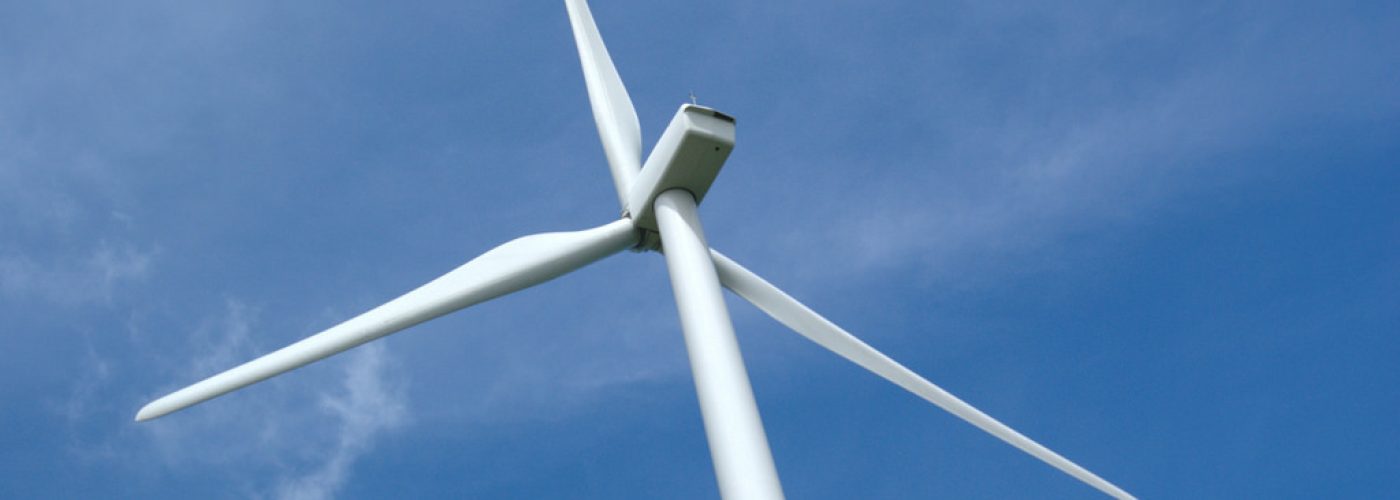A 12-month contract has been agreed between Siemens Gamesa and the ABP Port in Hull to store 37 wind turbine blades destined for the world’s largest offshore windfarm, the Hornsea One Project.
A six-acre area located at the Port of Hull’s Eastern Access, on King George Dock, is now being leased for the storage of the 75 metre, 30 tonne blades in order to accommodate the expanding business. An operation is underway to transport the fibreglass blades nearly two miles from the current site on Alexandra Dock.
“We’re proud to be able to say that we have been an essential link in a major green project such as this, which will eventually see the blades powering one-million homes. It’s also another example of our expertise in handling such large and specialist components. We have worked closely with Siemens Gamesa to offer solutions and to support their business growth, so that together as partners, we can keep Britain trading and provide the nation with environmentally-friendly power,” commented David Morriss, ABP Humber Head of Property.
The transportation process requires for a remote-controlled loader to be guided by an operator to carefully transport the wind turbine blades through the port to its new location at 5mph. Each blade takes around 1 hour 15 minutes to move during the early hours of the morning to cause minimal disruption to port traffic.
“Siemens Gamesa is delighted to again be working with ABP, continuing a ground-breaking partnership in Humberside. To deliver clean, green energy to millions of UK households is a complex team effort, and ABP is a crucial member of that team,” said Anton Bak, Factory Director, Siemens Gamesa Renewable Energy Hull.
Hull City Council has also made improvements to the Northern Gateway Roundabout to help facilitate the movement of abnormal loads, as well as create further investment opportunities in the city and port. The council utilised funding from the Green Port Growth Programme to create a route through the centre of the junction and part-time signals to control traffic during the movements.





